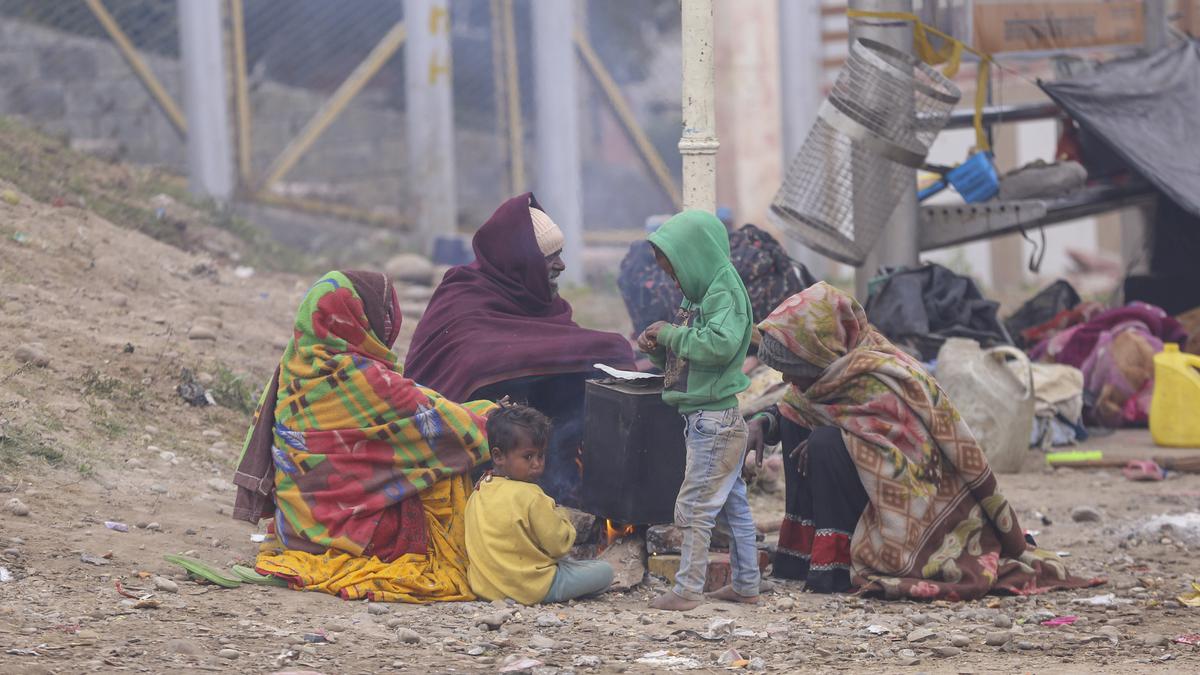
Light snowfall in Gurez sector breaks dry spell in Kashmir
The Hindu
The prolonged dry spell in the Valley was broken as Gurez sector in Bandipora district received light snowfall overnight even as minimum temperatures rose a few notches in several places.
The prolonged dry spell in the Valley was broken as Gurez sector in Bandipora district received light snowfall overnight even as minimum temperatures rose a few notches in several places, officials said on January 13.
A feeble western disturbance hit Jammu and Kashmir on Friday night due to which light snowfall occurred in the Gurez area in north Kashmir, they said.
Drass in Ladakh also received very light snowfall but there was no accumulation of snow, they said.
Jammu and Kashmir recorded a 79% rain deficit in December. There was no precipitation in the first week of January as well.
Several parts of the Valley saw a rise in minimum temperatures due to cloudy skies. Night temperatures settled several degrees above the normal for this time of the season.
Srinagar city recorded a minimum temperature of 0.2 degrees Celsius on Friday night, up from the previous night's minus 4 degrees Celsius.
Qazigund recorded a low of minus 2 degrees. The ski resort of Gulmarg recorded a low of minus 1 degree Celsius — up from minus 3.2 degrees Celsius on Thursday night.

When fed into Latin, pusilla comes out denoting “very small”. The Baillon’s crake can be missed in the field, when it is at a distance, as the magnification of the human eye is woefully short of what it takes to pick up this tiny creature. The other factor is the Baillon’s crake’s predisposition to present less of itself: it moves about furtively and slides into the reeds at the slightest suspicion of being noticed. But if you are keen on observing the Baillon’s crake or the ruddy breasted crake in the field, in Chennai, this would be the best time to put in efforts towards that end. These birds live amidst reeds, the bulrushes, which are likely to lose their density now as they would shrivel and go brown, leaving wide gaps, thereby reducing the cover for these tiddly birds to stay inscrutable.












